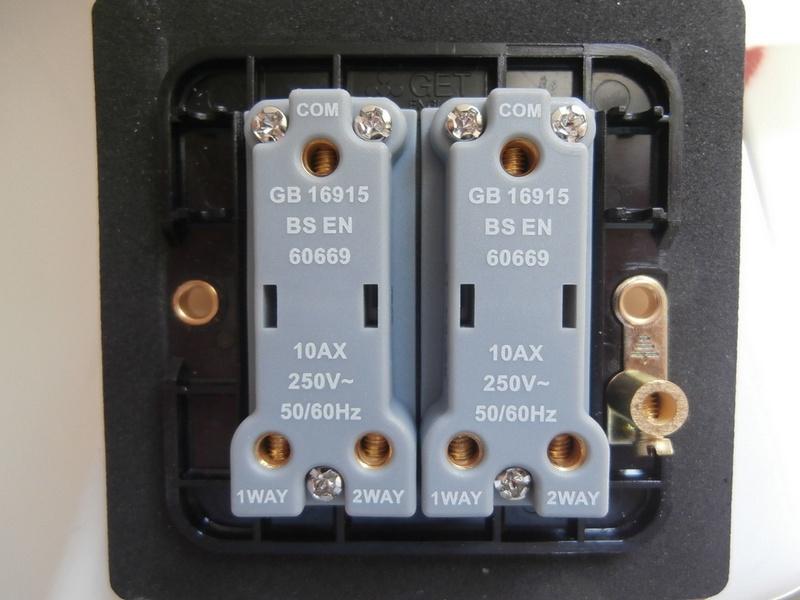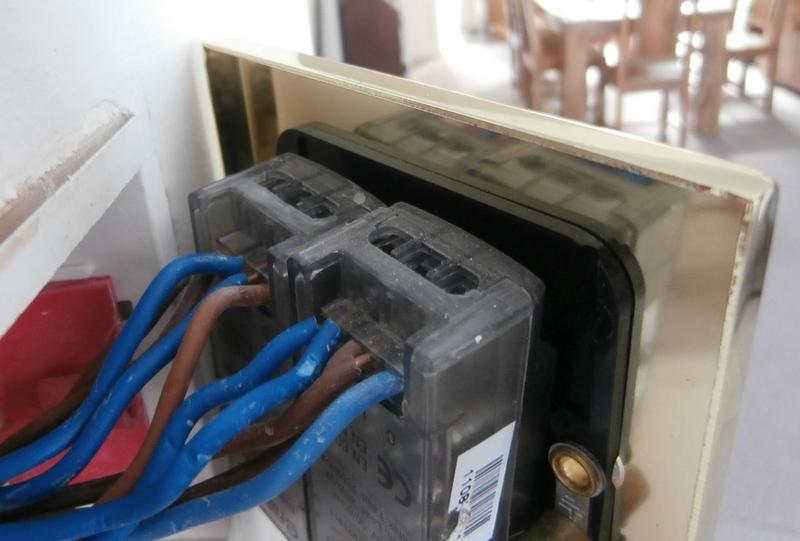I need to replace a faulty metal plate two gang, two way light dimmer switch (photos: switch 1 and switch 3). As we never use the dimmers I have just bought a non-dimmer ordinary metal plate two gang, two way switch (photo: switch 2). The trouble is I have about 10 wires going into the old one and a different simpler layout with three connections on the new one.
So, can anyone just tell me where & what I should be doing with the wires and how to wire them into the new one? Do I lose a few wires somewhere or what?? Will the earth be OK? Help!
By the way, please answer in simple terms so even a semi-idiot like me can understand!! If answering this it may be easier to refer to connectors on Switch 1 as 1,2,3,4,5 & 6. I am in UK so it's UK wiring.
Many thanks in advance.
So, can anyone just tell me where & what I should be doing with the wires and how to wire them into the new one? Do I lose a few wires somewhere or what?? Will the earth be OK? Help!
By the way, please answer in simple terms so even a semi-idiot like me can understand!! If answering this it may be easier to refer to connectors on Switch 1 as 1,2,3,4,5 & 6. I am in UK so it's UK wiring.
Many thanks in advance.






